The Bathrooms Were Super Fancy
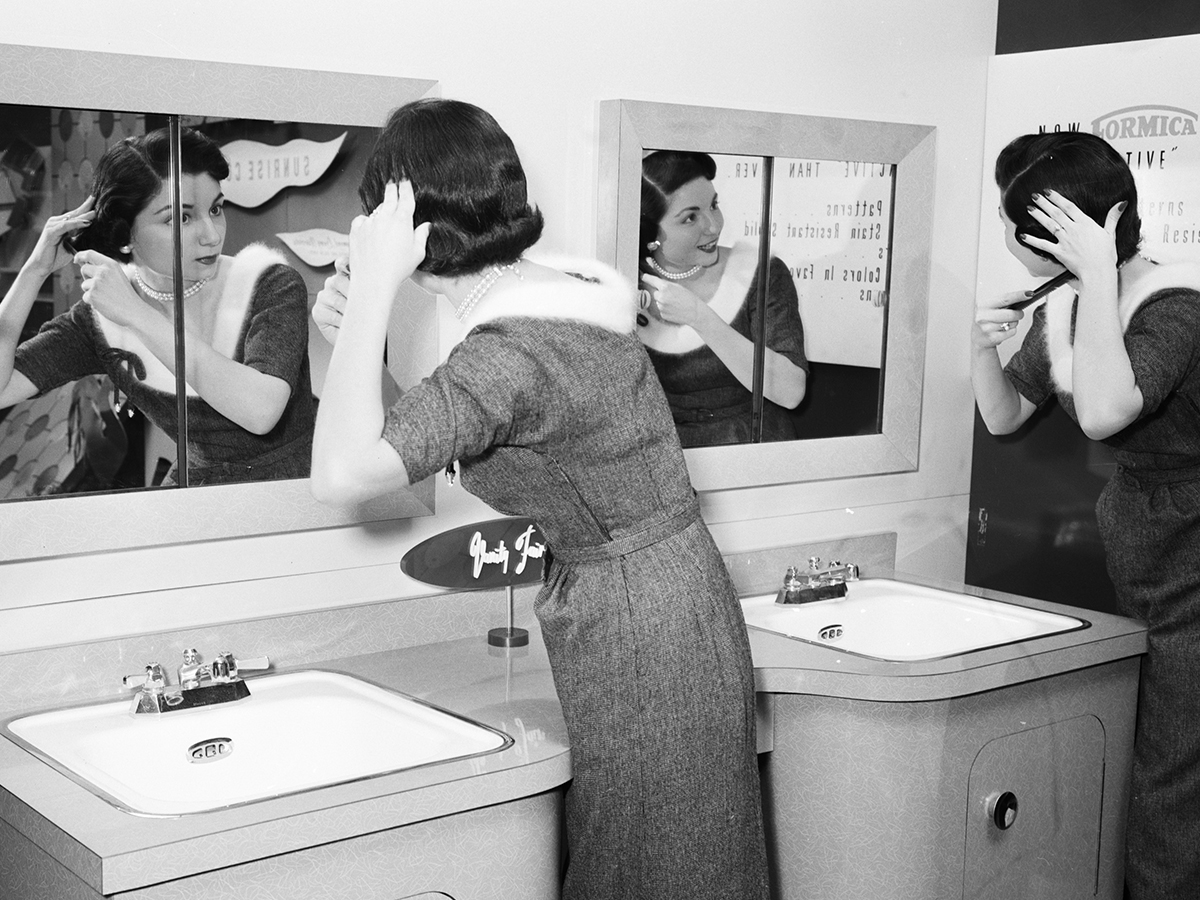
You knew you were eating at a fancy restaurant if the bathroom was super luxe. The ladies’ rooms were spectacular and a place of refuge. Many included an anteroom where you could just powder your nose or wash your hands.
Attendants offered mints, a spray of perfume, a fresh towel to dry your hands, or some well-sought advice—while men’s rooms offered a cigarette, a shoeshine, or even "protection" if you knew how to ask.
There Was a Daily Special
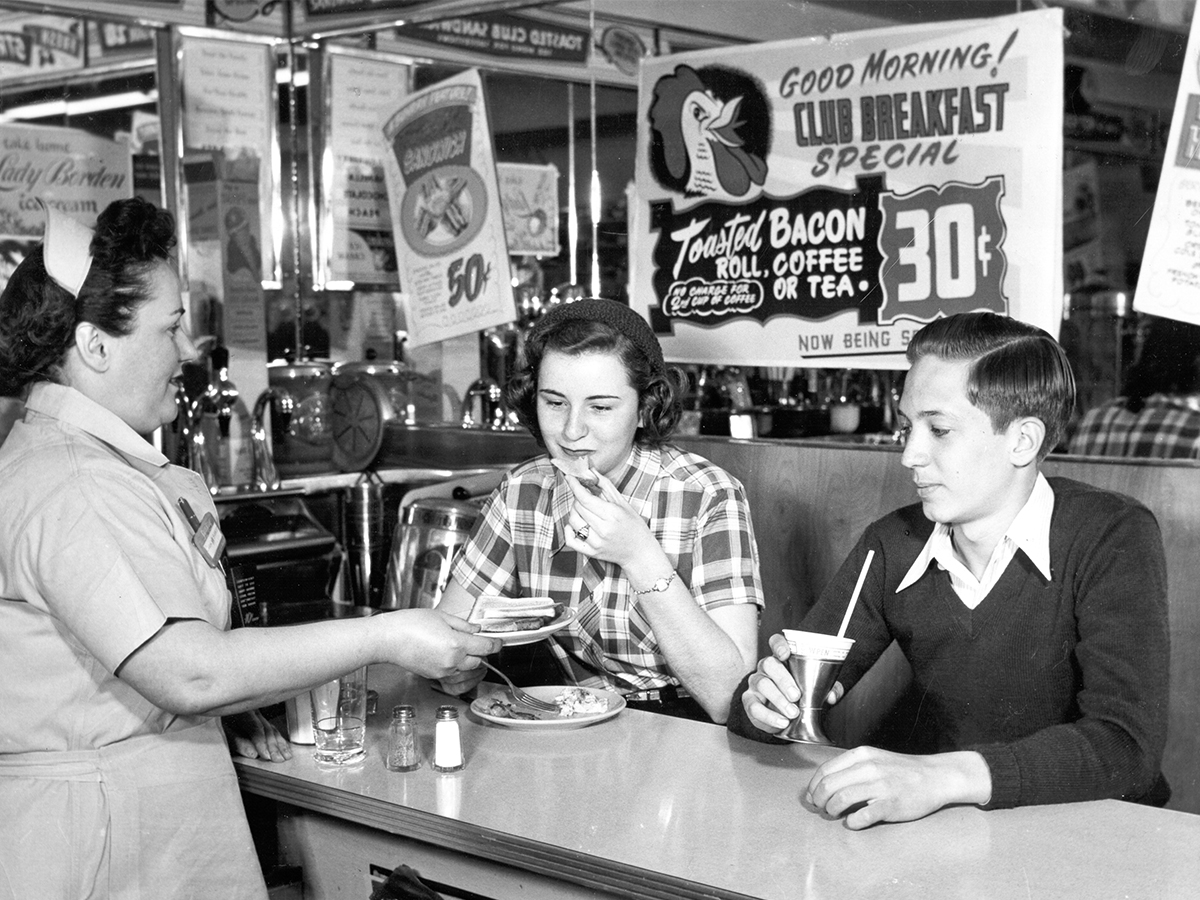
Born out of necessity, the “daily special” was a unique way to solve a common problem in the American dining experience.
Based on availability of ingredients on certain days, the daily special was a way to use up almost-expired ingredients or attract diners with homemade favorites (Fish Fridays).
Lunch Counters Became Symbolic
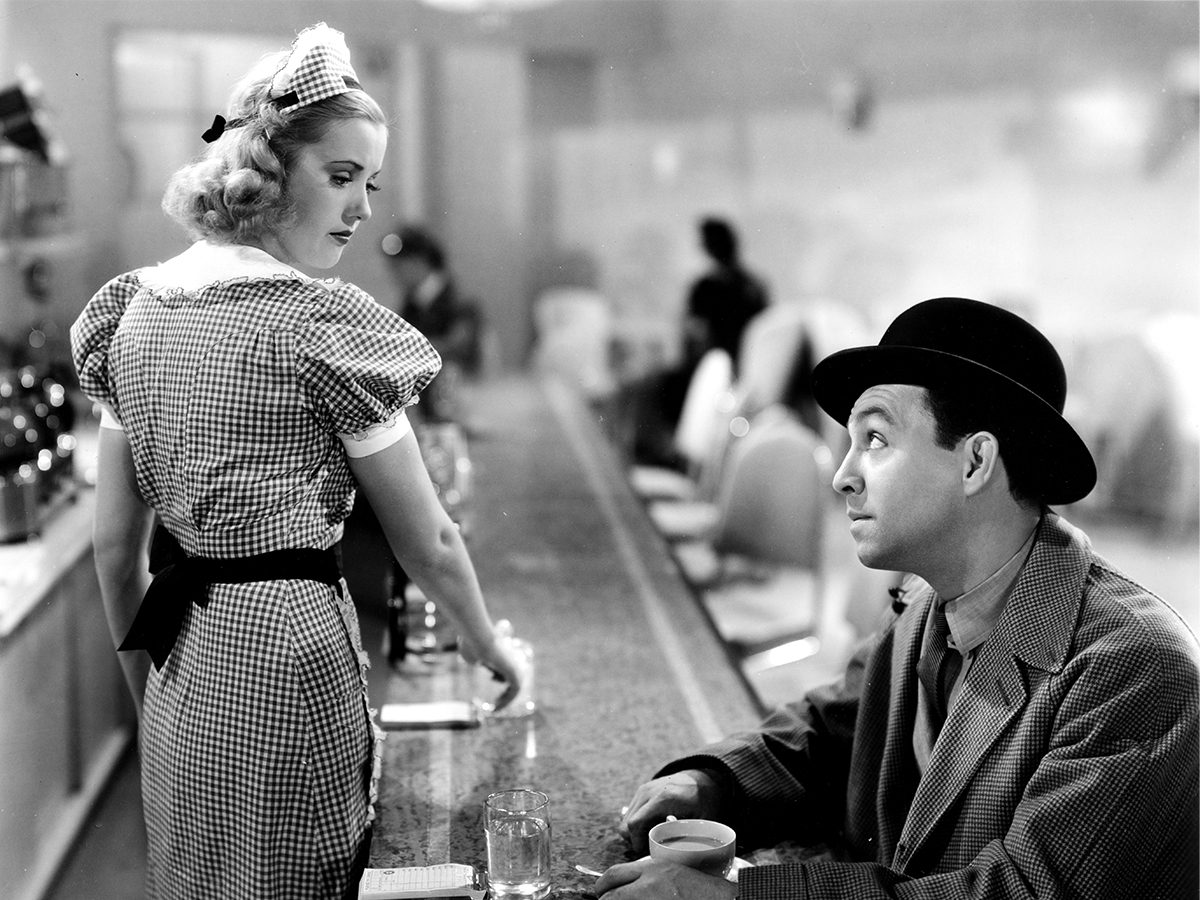
Across America, the lunch counter was always full of single businessmen eating a sandwich. Sitting on a stool at a bar, the luncheonette was a hit for folks looking for a quick meal.
Usually ordering from a pre-made list of specials, it was the pre-cursor of the drive-through window and allowed casual conversation while grabbing a bite. Lunch counters became symbolic during the 1960s in the quest for civil rights.
Drive-Ins Were the Place to Be
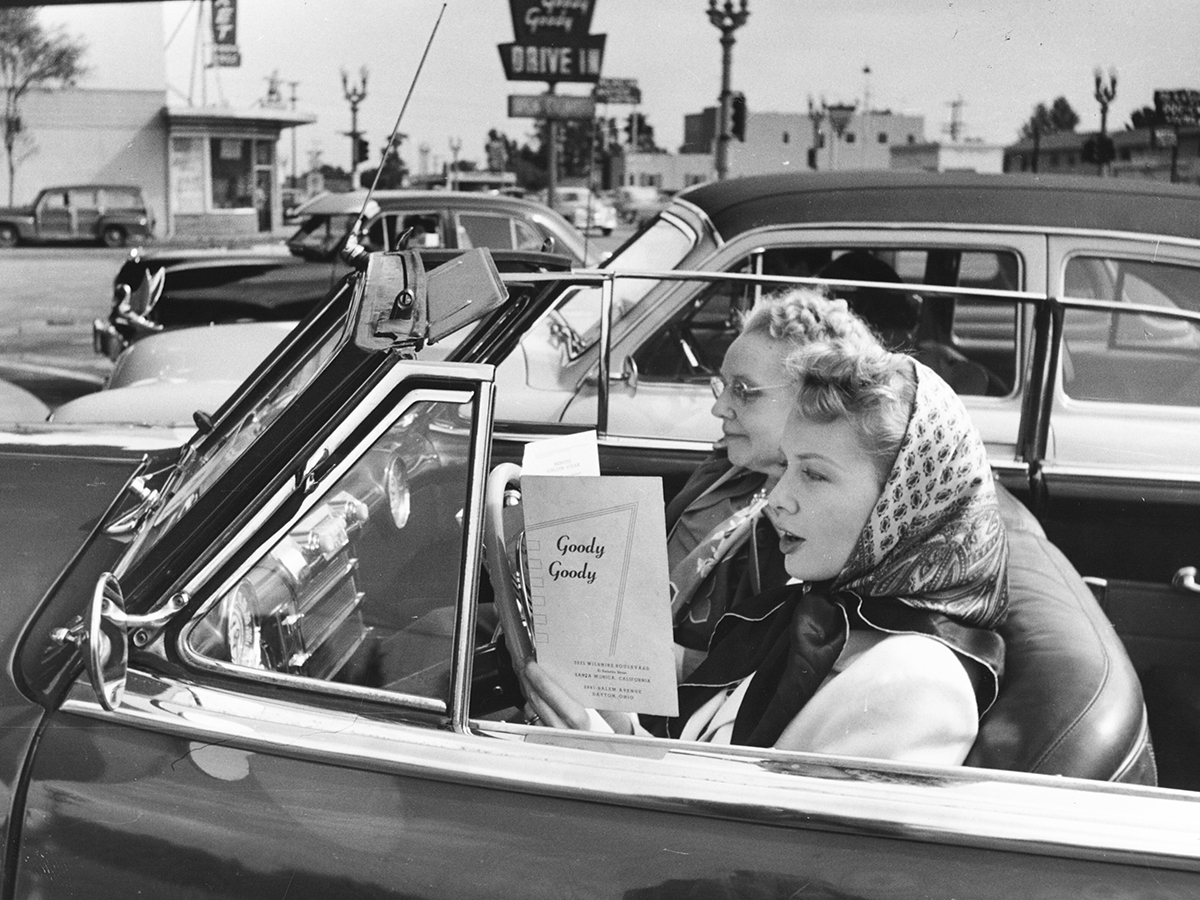
The rise of the drive-in ushered in a new social style of eating and congregating. Instead of dining in the restaurant, you dined in your car next to others dining in their cars. Sounds cool, right?
The waitstaff even donned roller skates to get your food to you faster. Owing to their popularity, the two still around today are Sonic and The Varsity in Atlanta, Georgia (What’ll ya have?).
Soda Fountains Were All the Rage

Back before the fancy soda machines of today, someone made those drinks by hand. Fancy an orange cream soda? The soda jerk (meant in a totally nice way—that’s just what they were called back then) mixed up carbonated water, orange flavoring and a dash of cream.
If you could dream it up, your neighborhood soda fountain could serve it in a frosty glass. And when Coca-Cola became a thing, soda fountains were the first to install the machines.
McDonald's Became a Thing
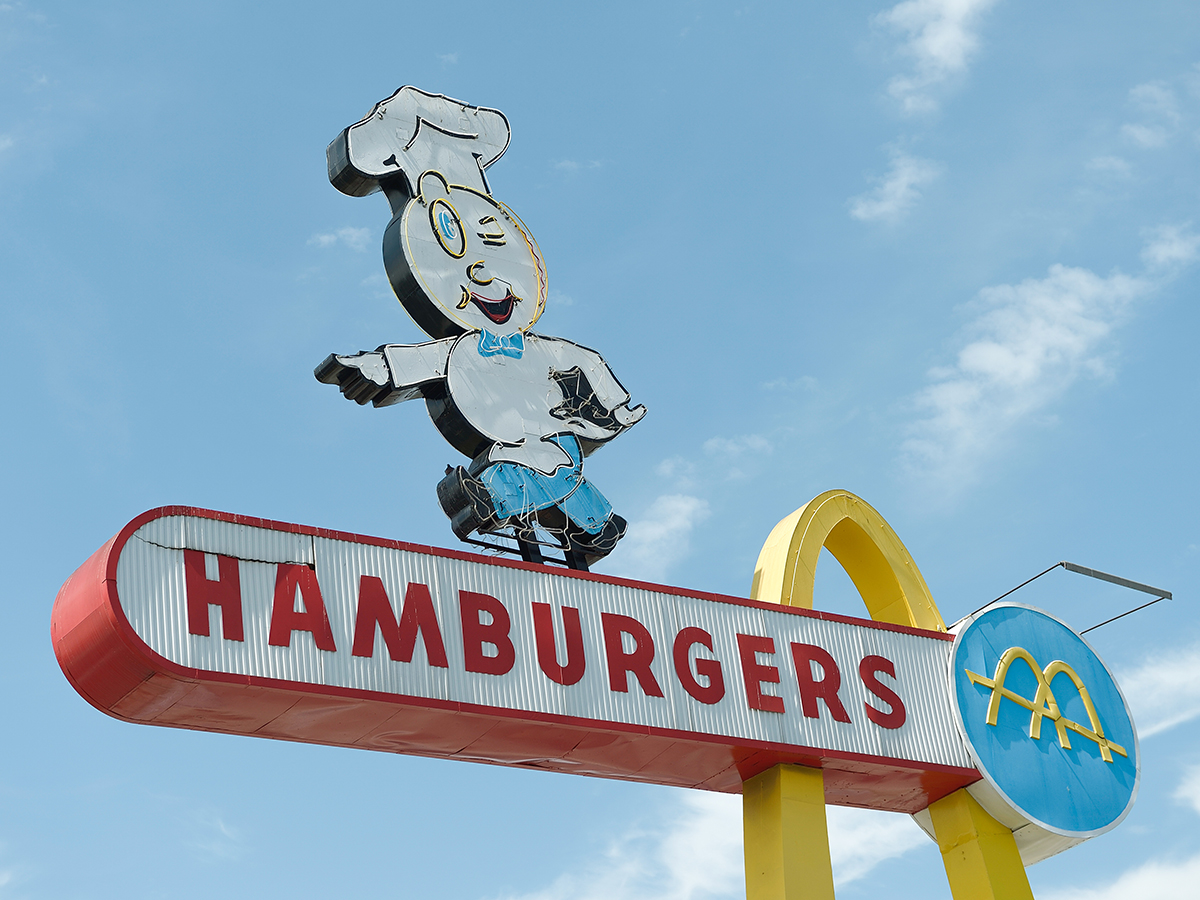
People laughed at Ray Kroc’s idea of a burger chain, but he ultimately had the last laugh. Serving burgers and fries is pretty darn prosperous if that’s what folks want.
Many people don’t realize that the clown mascot was added later; the original mascot was a chef’s hat named Speedee. McDonalds continues to be the world’s largest restaurant chain by revenue.
There Were Very Few 24-Hour Restaurants

Restaurants had established opening and closing times; few were open 24-hours. Many also only served certain meals during certain parts of the day.
There were three types of customers for all-night restaurants: those who worked at night, those who traveled at night, and those who played at night. Considered b-joints, it wasn’t until the mid-‘60s that they picked up steam and gained popularity.
Booth, Please

Oddly enough, the most popular restaurant configuration was booth seating—often backed into each other to form quads. Chairs and tables were for the common whereas, the “booth in the back” were for the wealthy.
Nicer restaurants featured high-back, velvet booths for large parties, while diners featured the vinyl seating for four. Booths lent themselves to more intimate conversations so that you felt like you were dining in a well-to-do environment.
Dining Out Was Cheap(er)

This should be most evident, but meals were far cheaper in the ‘50s and ‘60s than they are today. Of course, the standard of living was a lot different, but you could eat a three-course meal for under $3.00 per person and still had fantastic table service and an amazing ambiance.
Your restaurant dollar went way further than it does today at Wendy’s in a 4 for $4 meal.
Jukeboxes Were Cutting Edge
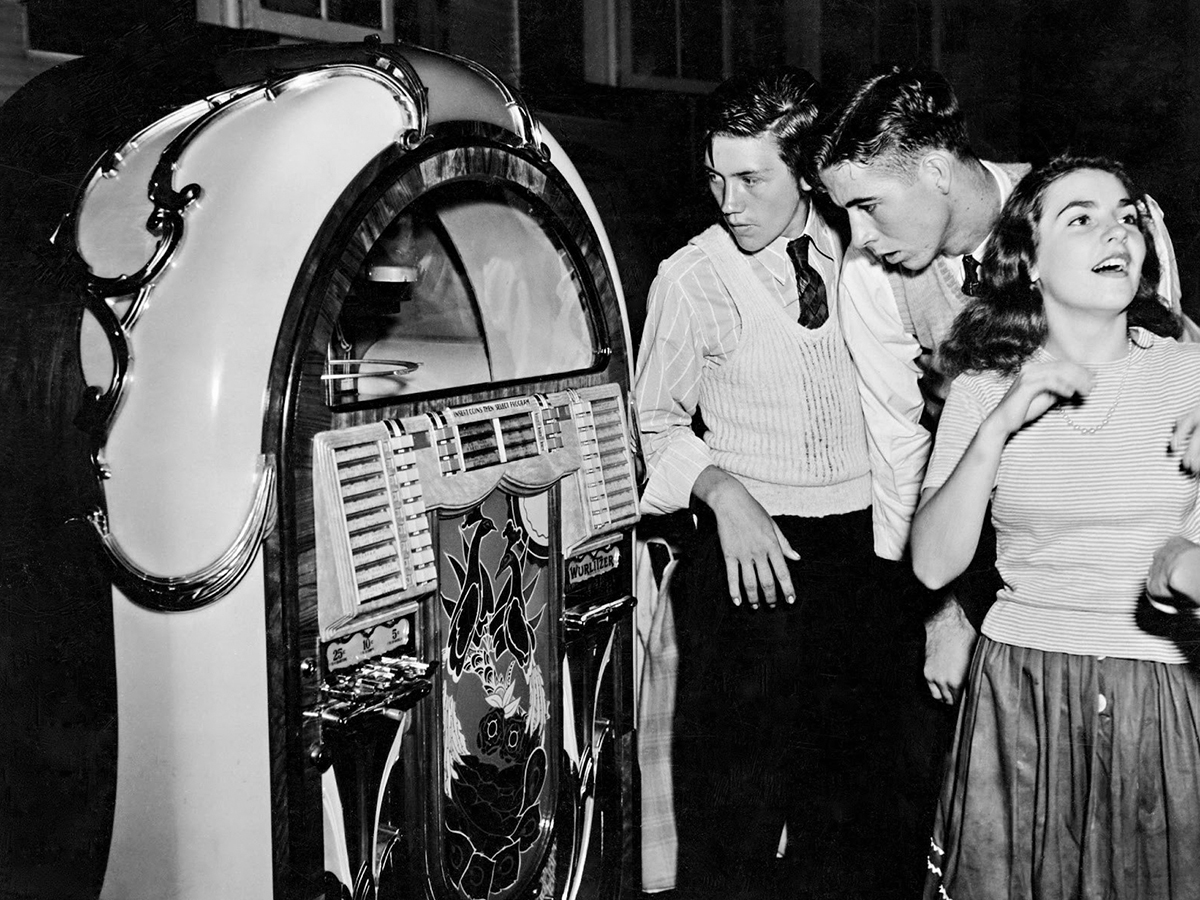
Picking your own music while you ate was a novel idea and was frequently used in diners and pizza parlors.
Having a machine that played real records in order of the customer’s choice was cutting edge technology and jukeboxes were a point of measure for Billboard to create the popular record charts of the 1950-1970s.
The Menus Were More Simple
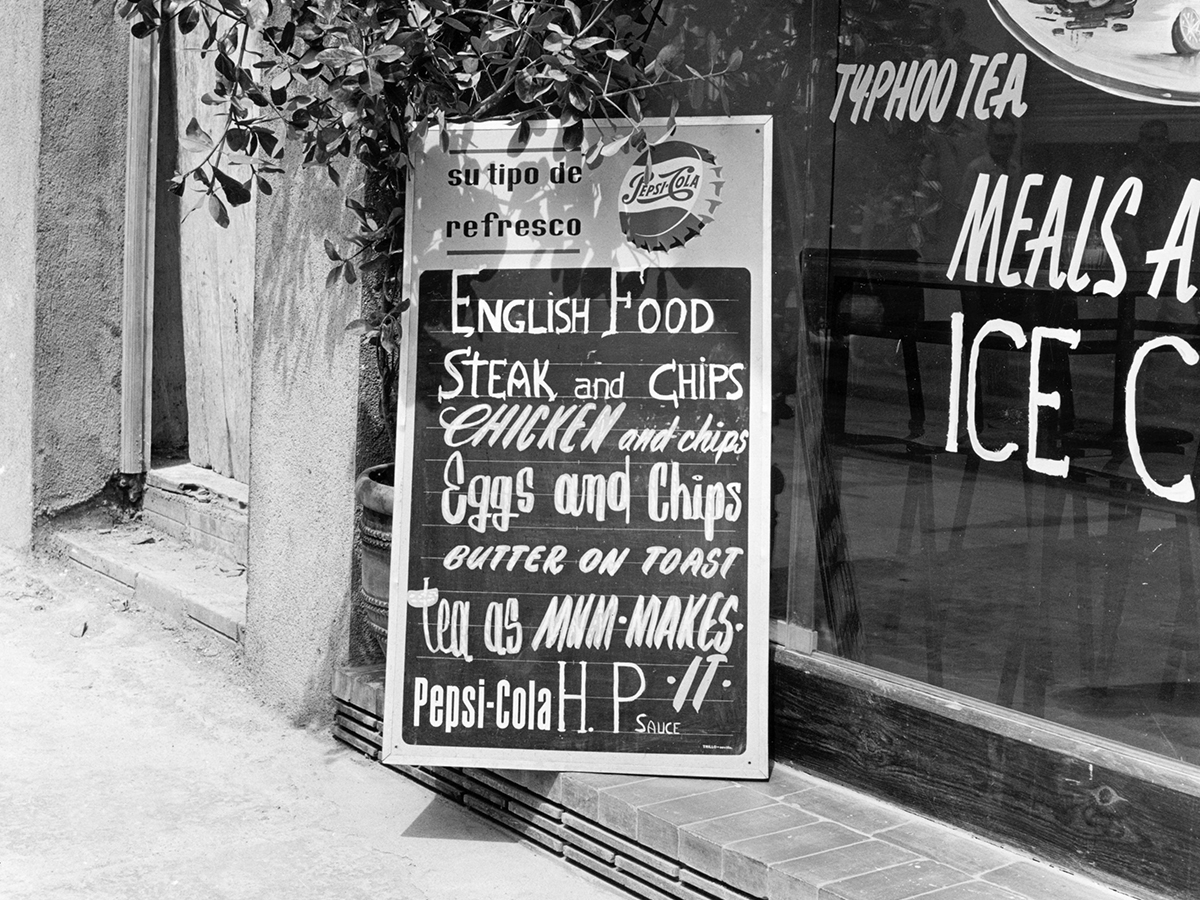
While food today may sound fancier, menus were certainly simpler in the 1950s-1960s. Chalk it up to the 80/20 rule—if 80% of the people are happy, then go with it.
There were also issues with interstate trucking and the availability of goods, so that made things way easier for restaurants to focus on creating fewer dishes and quality meals. None of them would have dared to have a small book for a menu.
There Were No Phones at the Table
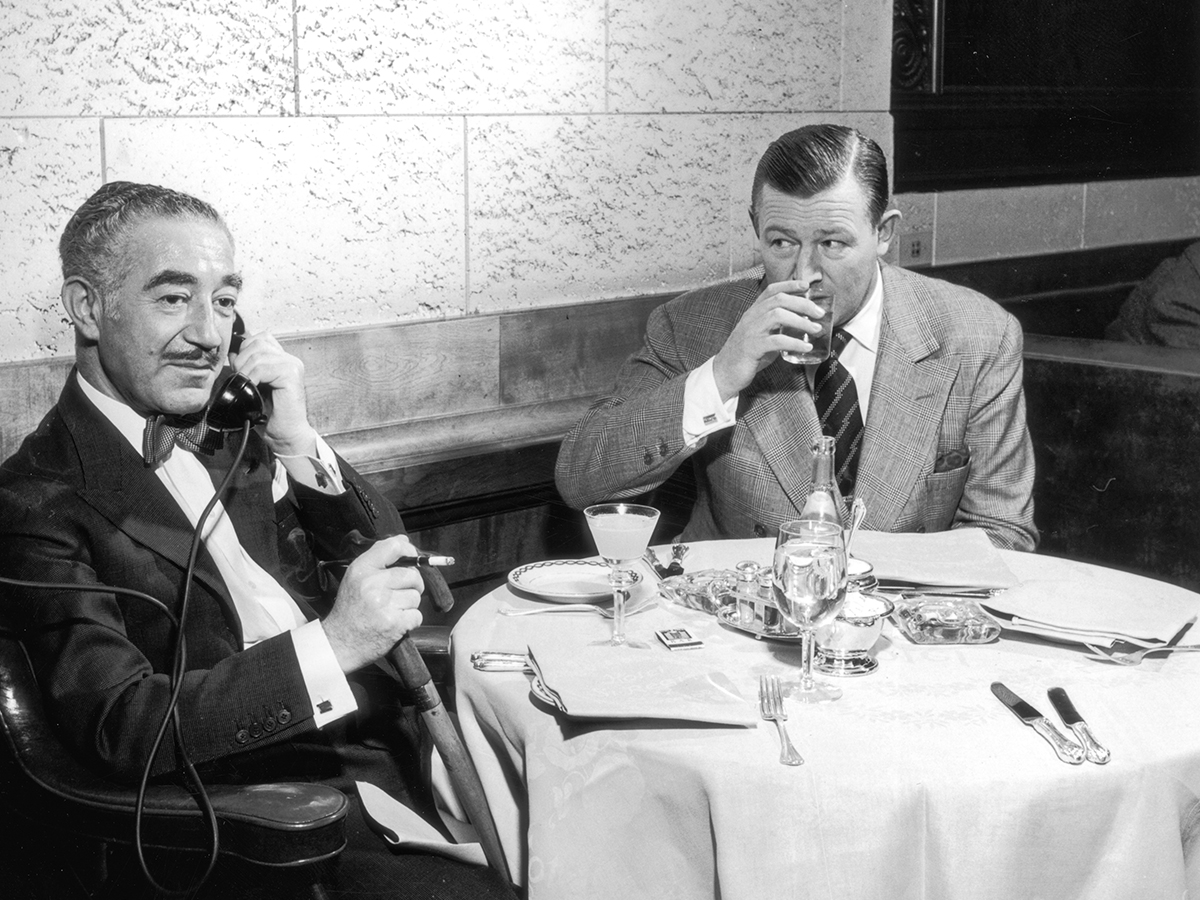
Back then, someone had to know where you were to be able to call you. Even better, the restaurant had to have a 200-foot line to bring you the “house” phone and would stand-by while you completed your call.
There were no screens at the table except the ones over the candles.
People Dressed Up
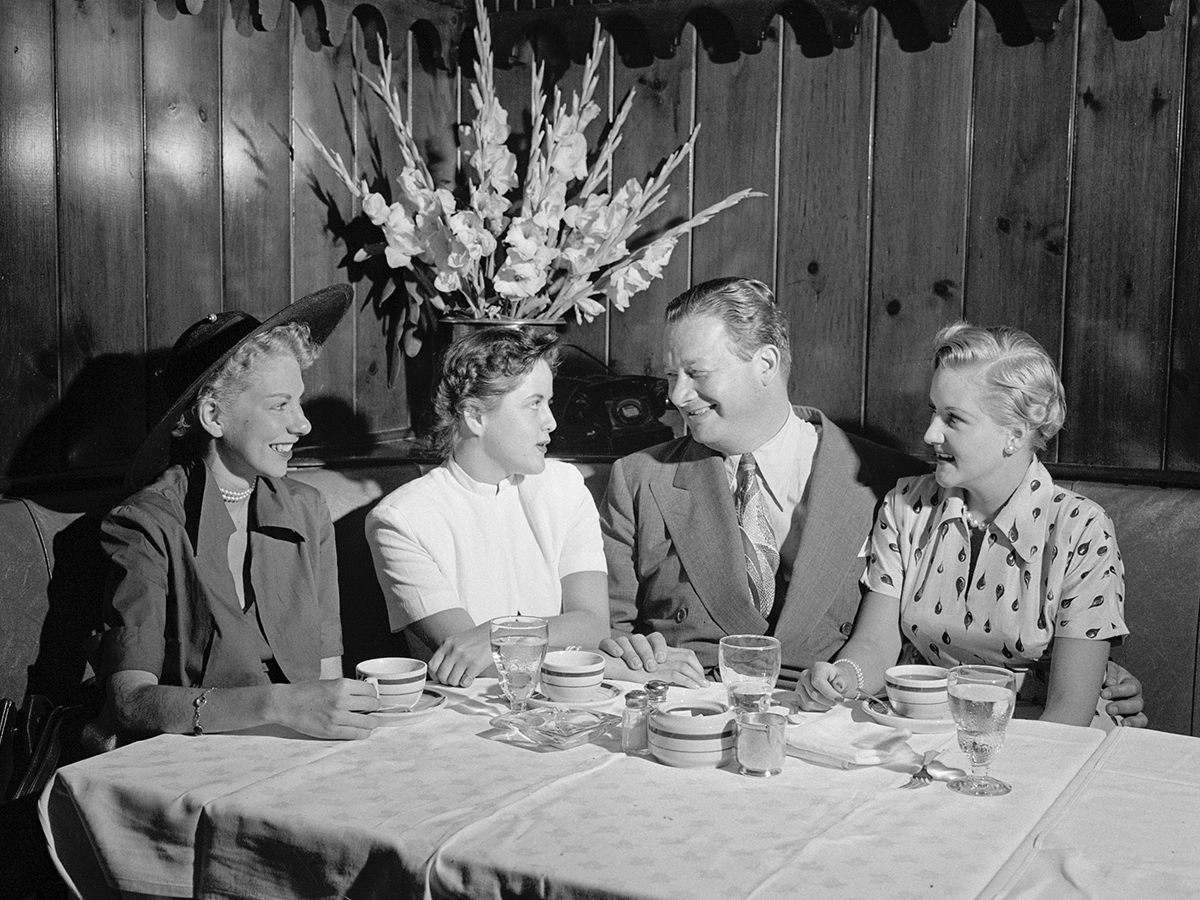
Gentlemen wore suits and hats. Hats and coats were checked at the door. Ladies, on the other hand, had multiple styles of dresses.
Were you having brunch? Perhaps the ladies had on a simple spring dress. An evening out? Women usually dressed to the nines with a dress, hat, and elaborate jewelry.
Tickets Were Handwritten
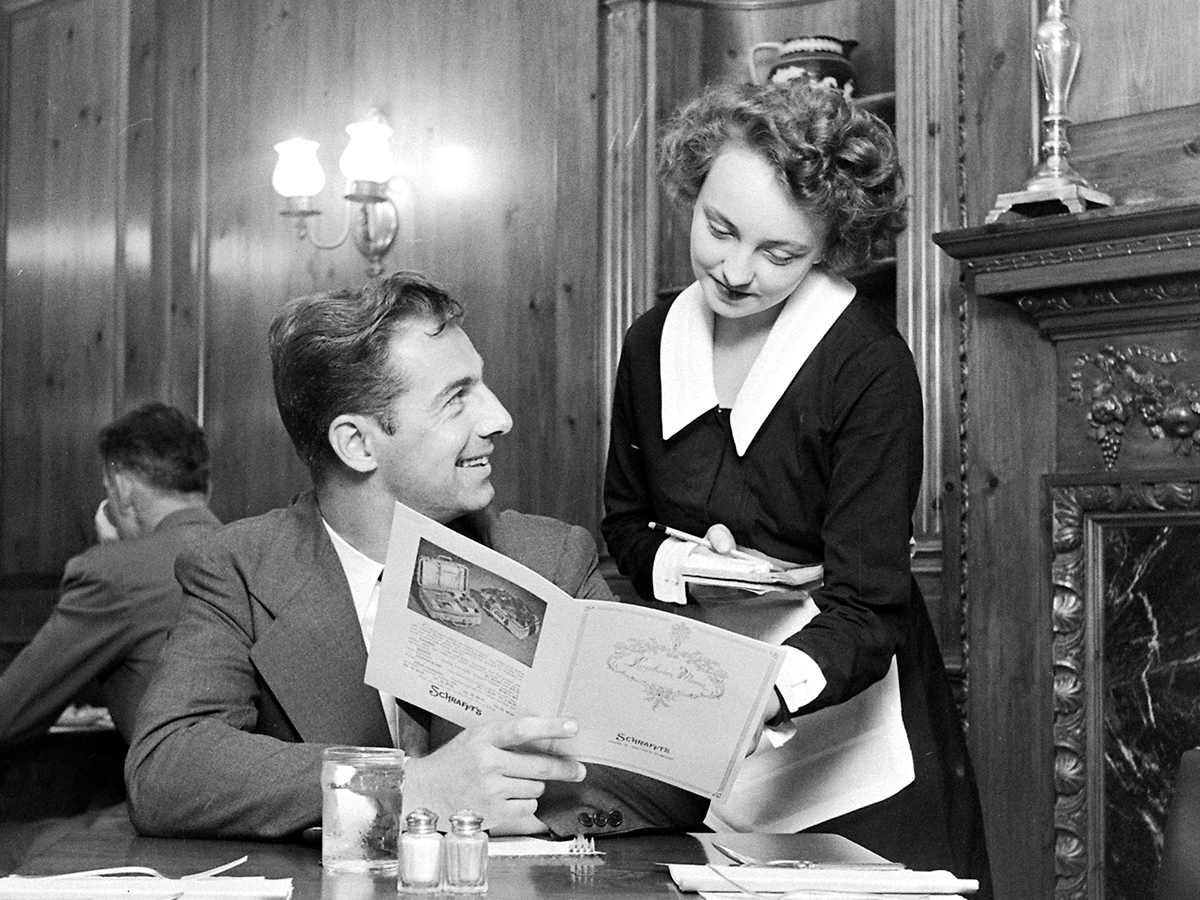
Your order tickets were handwritten, noting all your choices. Good waitresses had a system and ensured that your plate ended up in front of you with hot food.
They handwrote a nice note and thanked you for letting them serve you; you took that ticket to the register to check out because everyone was on the honor system.
Cash Was King
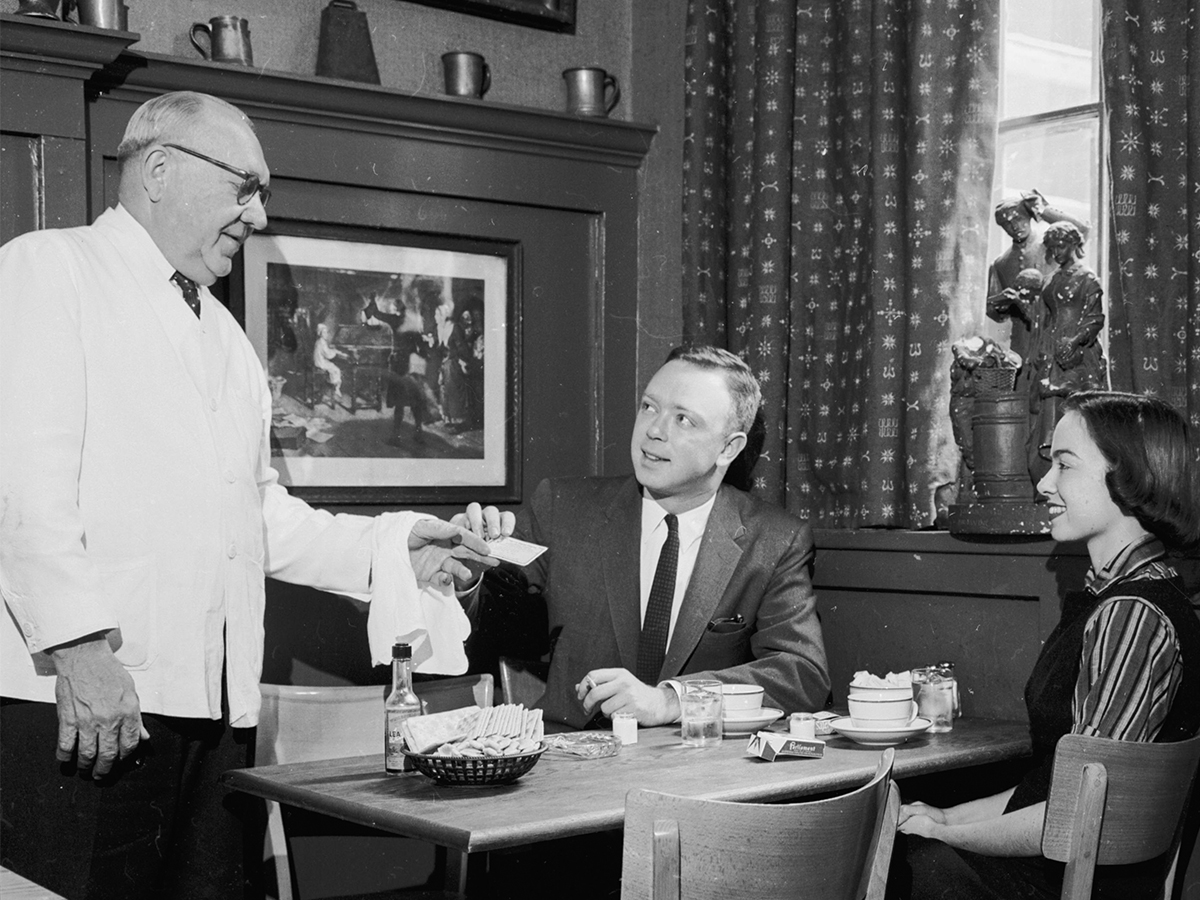
Cash was king, and you didn’t dine out if you didn’t have it. There weren’t widespread credit card systems in place to allow you to “charge” your meal. Those services were reserved for supper clubs, diners club and country clubs.
Restaurants understood the financial side and offered ‘light’ entrees to entice even the most frugal person to participate.
Air Conditioning Was a Big Deal
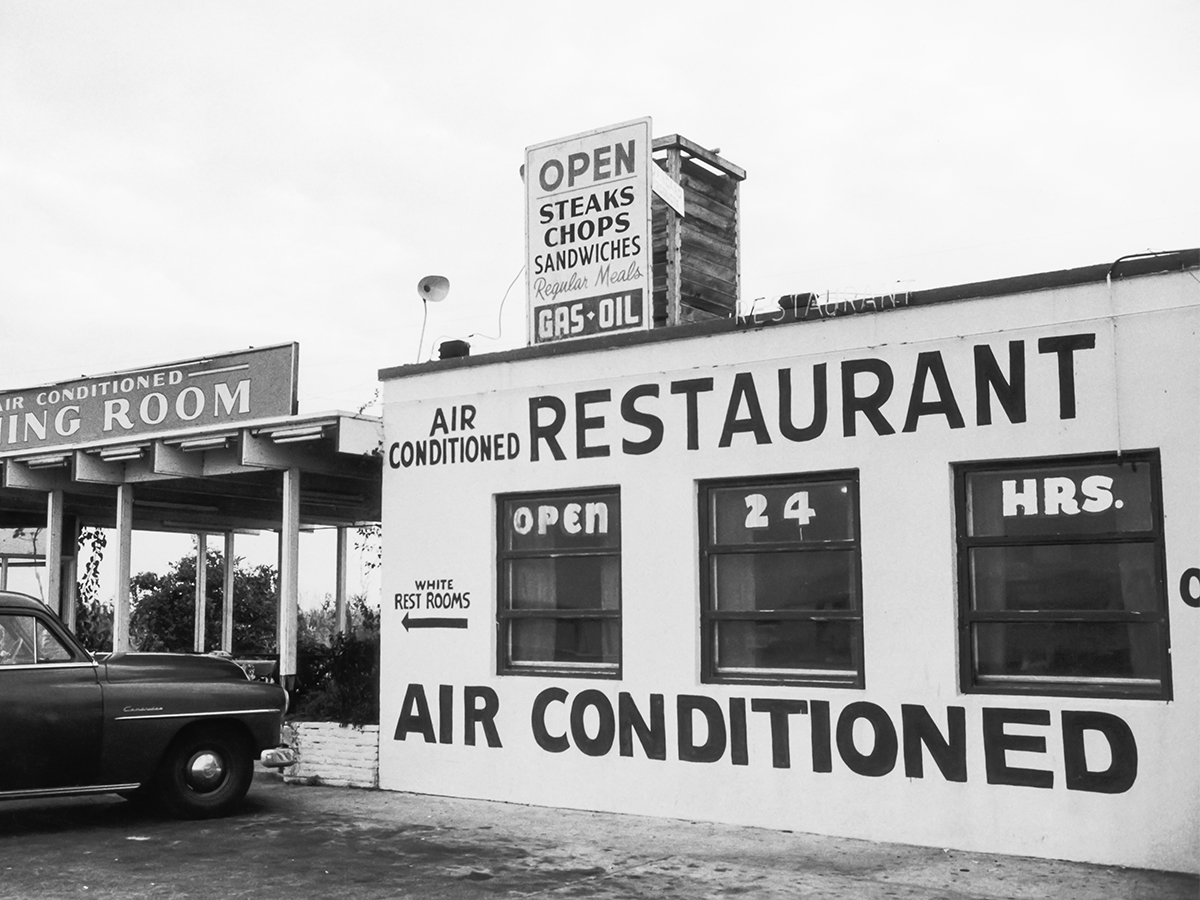
Living in the South or West, going to a restaurant in the summer could be brutal for a customer- especially in all their finery. That’s where the power of ice-cold air conditioning was a big attraction for diners.
Dining in a cool room during 105 degrees felt like heaven; especially if you didn’t have AC at home. For the price of a cup of coffee (.10) you could enjoy that frigid air for free.
The First Credit Card Was Introduced
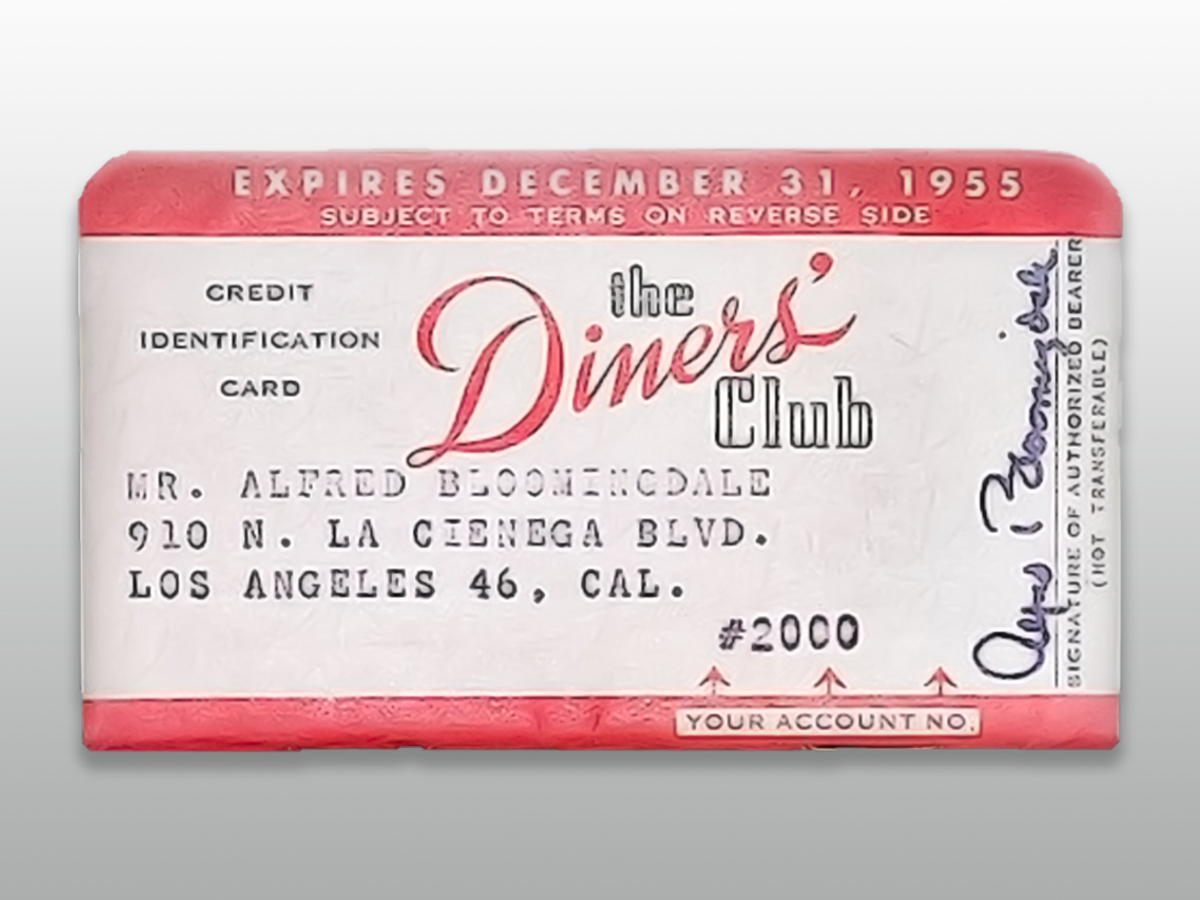
Having a Diner’s Club card was instant prestige as it’s widely considered the first credit card—starting with 200 card holders and honored at 14 restaurants.
Diner’s Club cards are still available today and backed by Mastercard. Diner’s Club was also the first card to offer “rewards” for use, making it the OG of the plastic card world.
Tap Water Was the Only Option

Water was always brought to the table with your breadbasket, and it always came out of the local faucet in the kitchen—fancy sparkling or ‘still’ water wasn’t a thing. Ice was more of a luxury than a necessity.
And let’s be honest, the tap water wasn’t all that good. Thank goodness your cocktail usually killed whatever was living in the water.
Cafeterias Provided More Options

Nothing was better than your friendly, neighborhood cafeteria restaurant. Cafeterias were created as a way to offer food in a ready-to-eat format and save employee overhead with little to no waitstaff.
Rather than use a menu, you would go through a line and choose your favorites from the foods available right in front of you. Don’t like green peas? Don’t get them. Want double mashed potatoes? Coming right up. Personal favorites of mine included Franke’s, Luby’s, and Piccadilly—they all had my dream meals at one time.
Food Was Set Ablaze
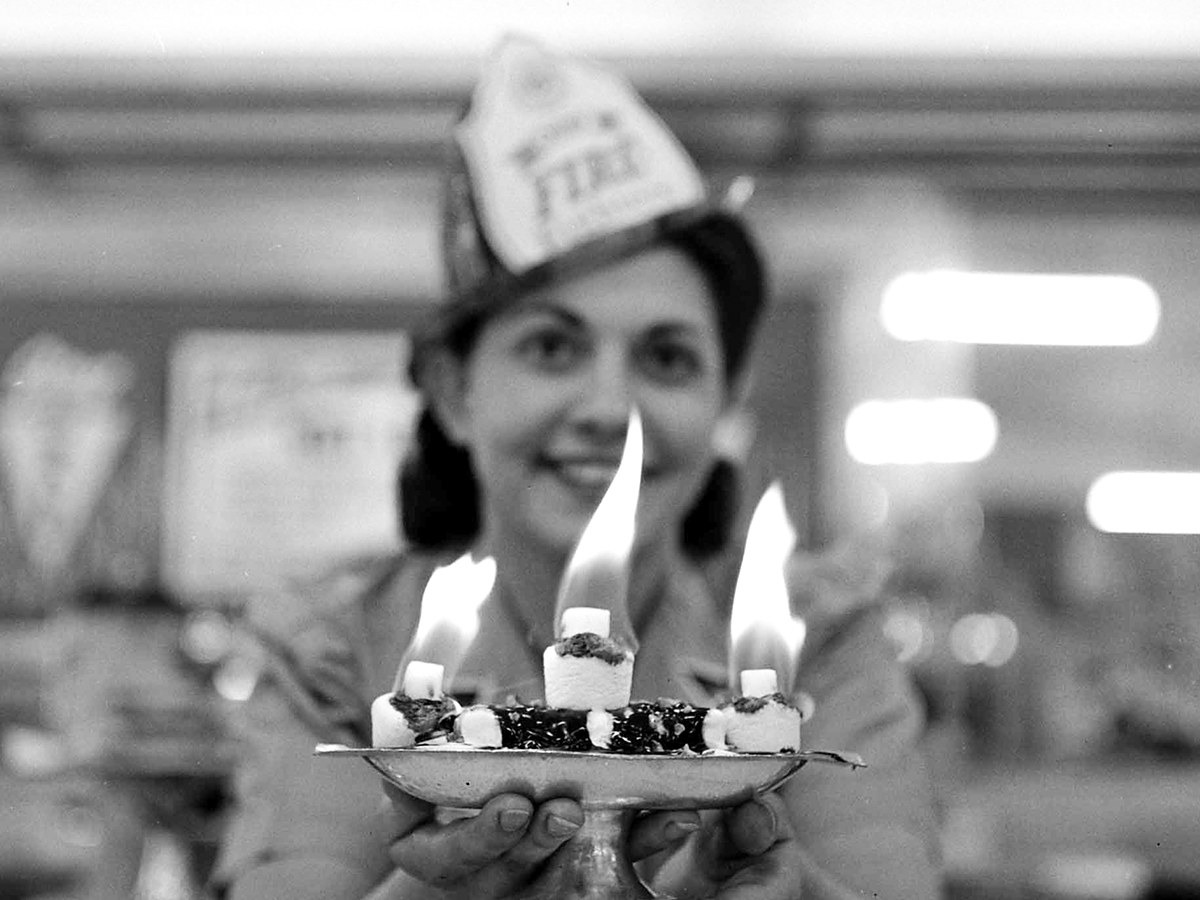
Let’s set something on fire tableside and eat! Flambe dessert that burned off alcohol, like Cherries Jubilee or Baked Alaska, were so popular that people also lit cigarettes from them.
Creating an impressive visual effect, nothing said fancy like flaming Bananas Fosters—even if it was only 75 cents.
Ice Cream Parlors Were Up-and-Coming
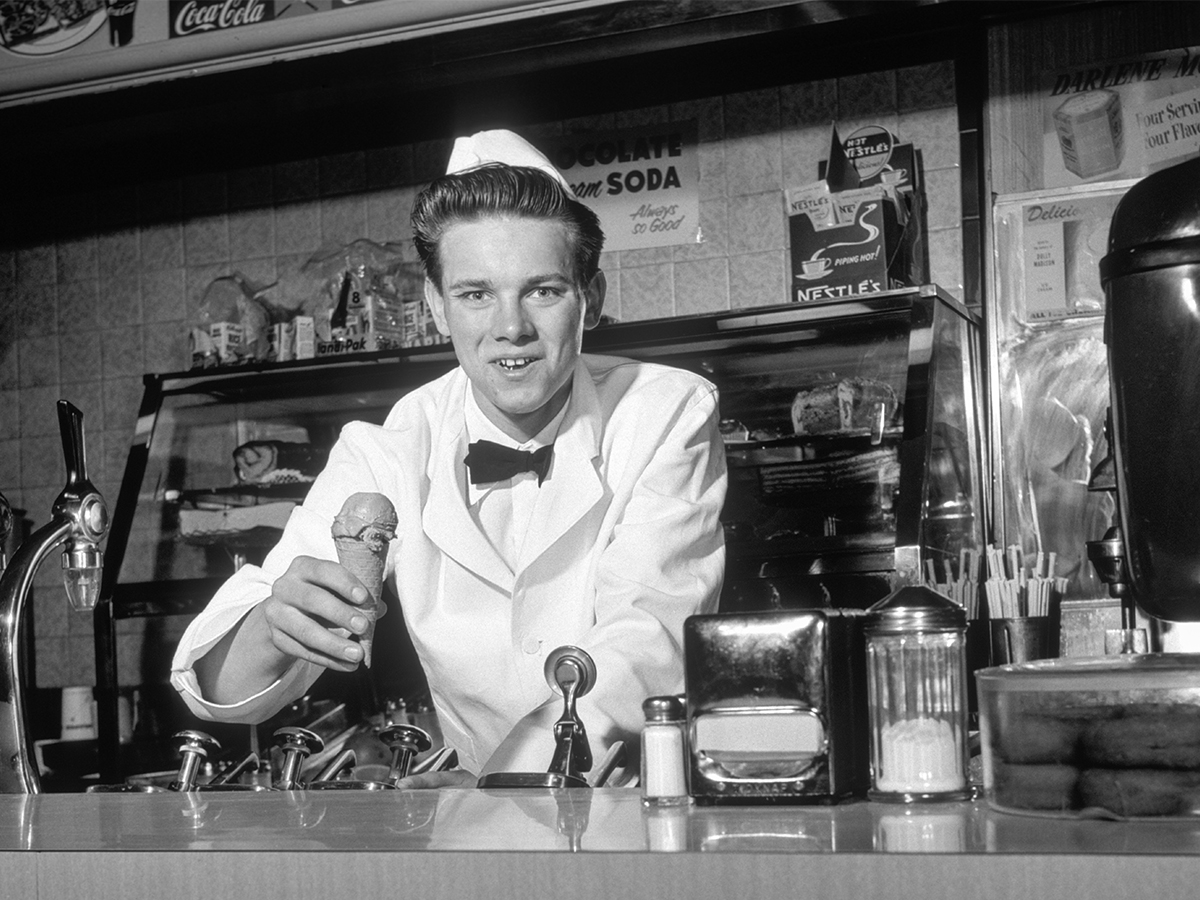
Speaking of frosty treats, the popularity of the ice cream parlor saw new customers searching for their favorite hand-scooped treat. All served variations of ice cream, and you could get it in a cone, in a cup, in a sundae or in a milkshake.
Several well-known brands started as ice cream parlors—most notably Ben & Jerry’s and Blue Bell.
International House of Pancakes
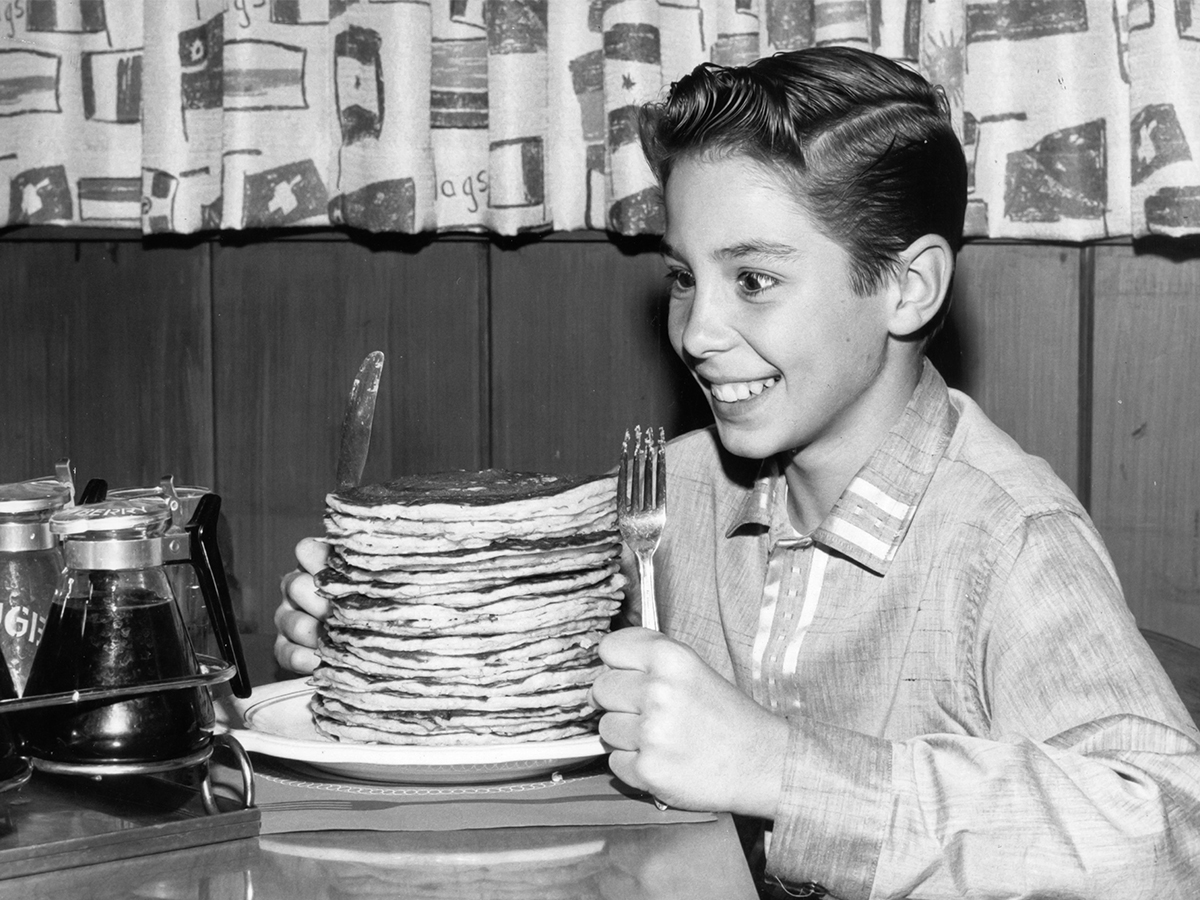
IHOP started with one simple philosophy: pancakes make people happy. Starting in 1958 in a blue, A-frame building, you were ensured that the menu at the International House of Pancakes included breakfast all day long and fresh, hot coffee made on the hour.
IHOP understood that breakfast food was treasured any time of day and created the modern-day dilemma of waffles versus pancakes.
Food Had Fancy Names

My word, the names of dishes. Chicken ala King is just a reverse chicken pot pie. Ambrosia is just a salad with marshmallows, cherries, and pineapple. Rumaki is a bacon-wrapped chicken liver and water chestnuts.
Chop Suey was the forerunner of stir fry—which was tomato gelatin with vegetables (think V8 Jello), and it didn’t seem to be a good idea anytime.
Dining With Friends (Sans Children) Became Popular
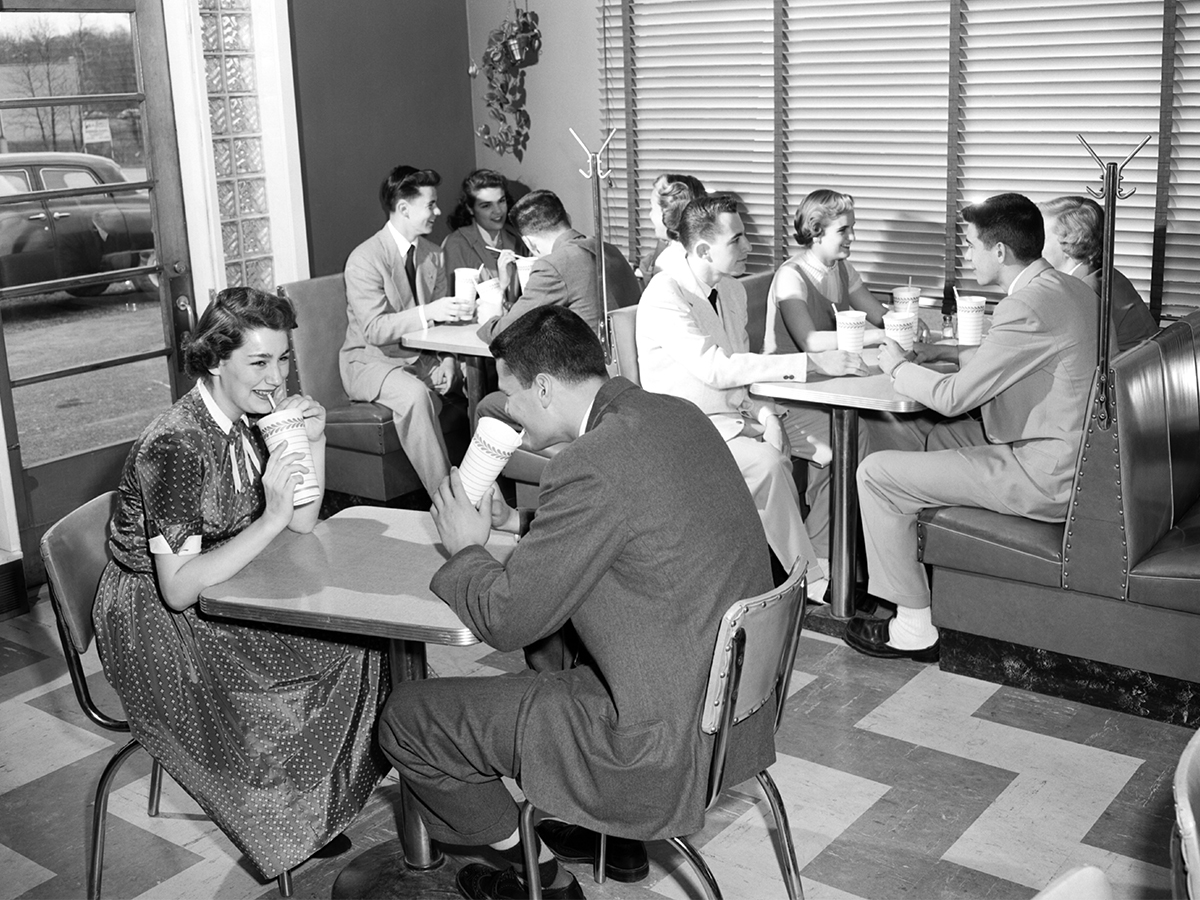
If you’re going to the trouble of getting dressed up and hitting the town, you might as well do it with friends. It was not uncommon for spouses to dine with other friends without their children in restaurants and supper clubs all over the U.S.
This is why booths were so popular; you felt like you were in your own little club enjoying a well-prepared meal.
White Glove Service Was Provided
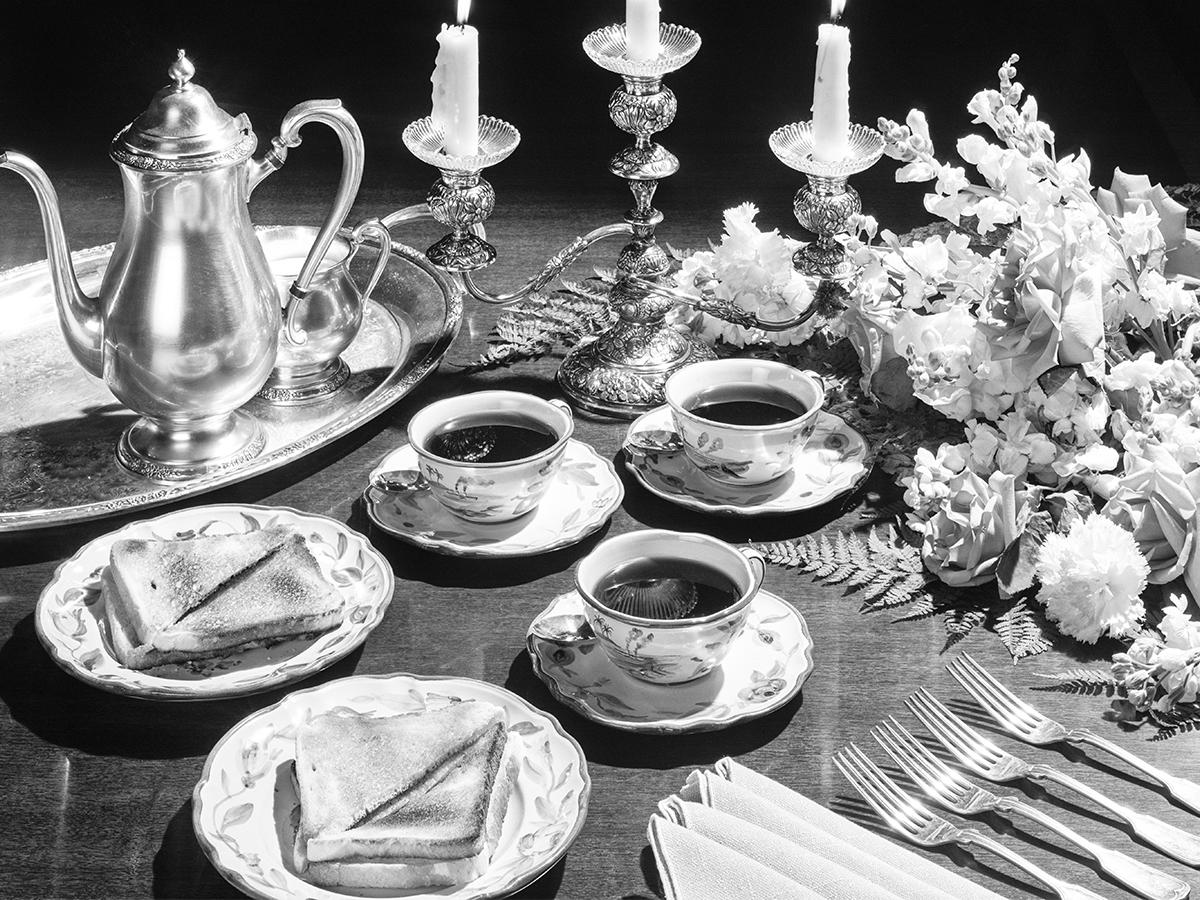
Nothing fancier than having your meals served to you by a gloved individual. It just feels super bougie—and looks that way too.
White glove service also included real napkins, full silverware service, lighting, and tablescapes—the kind you see on Below Deck Mediterranean. Having all your entrees set down at one time is pretty spectacular and is now reserved for state dinners.
Some Chose to Dine by Candlelight
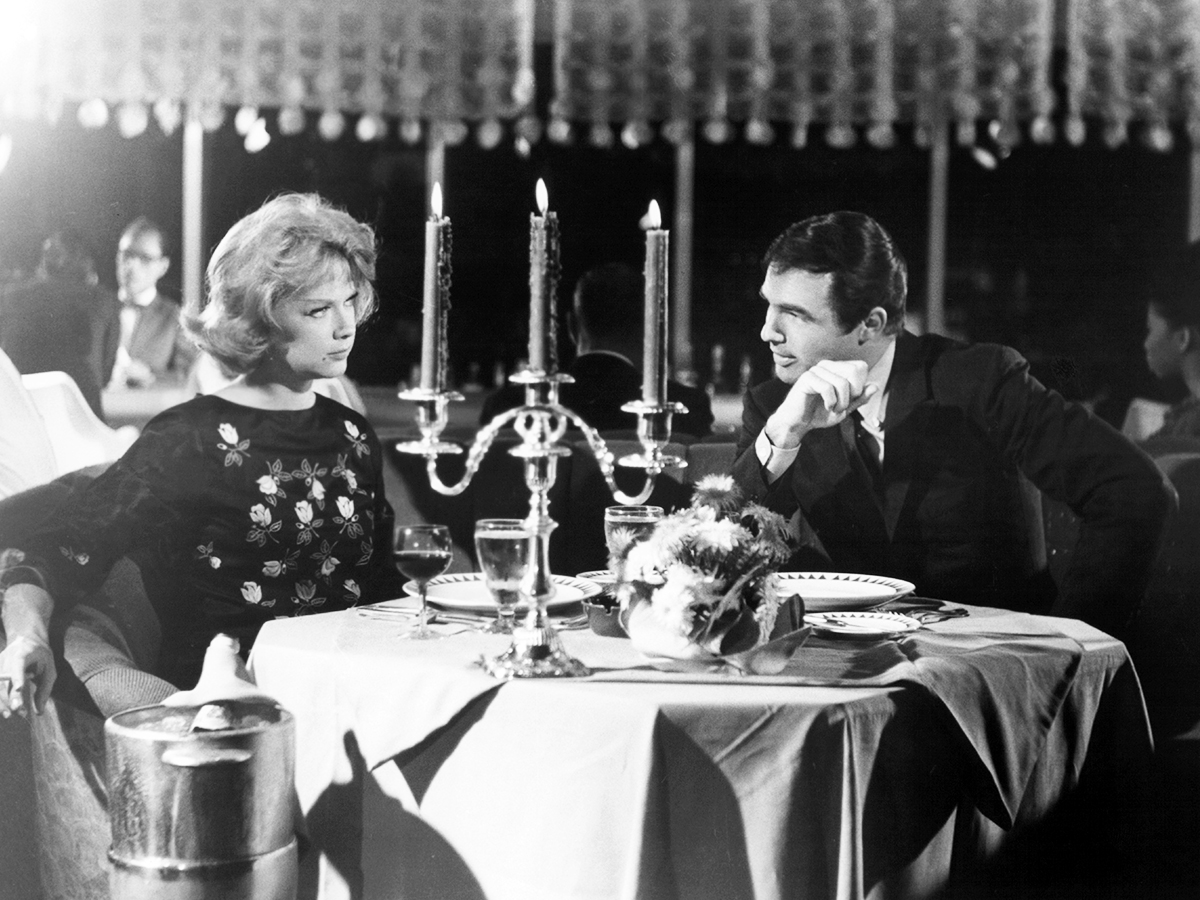
Eating by candlelight was the height of elegance, even if it was your local pizza pub. The flickering light led to many, many engagements by gentlemen on bended knee while their gals waited in anticipation.
It also hid a myriad of problems such as dirty booths, beat-up furniture, and sometimes, your date.
It Was All About the Cocktails
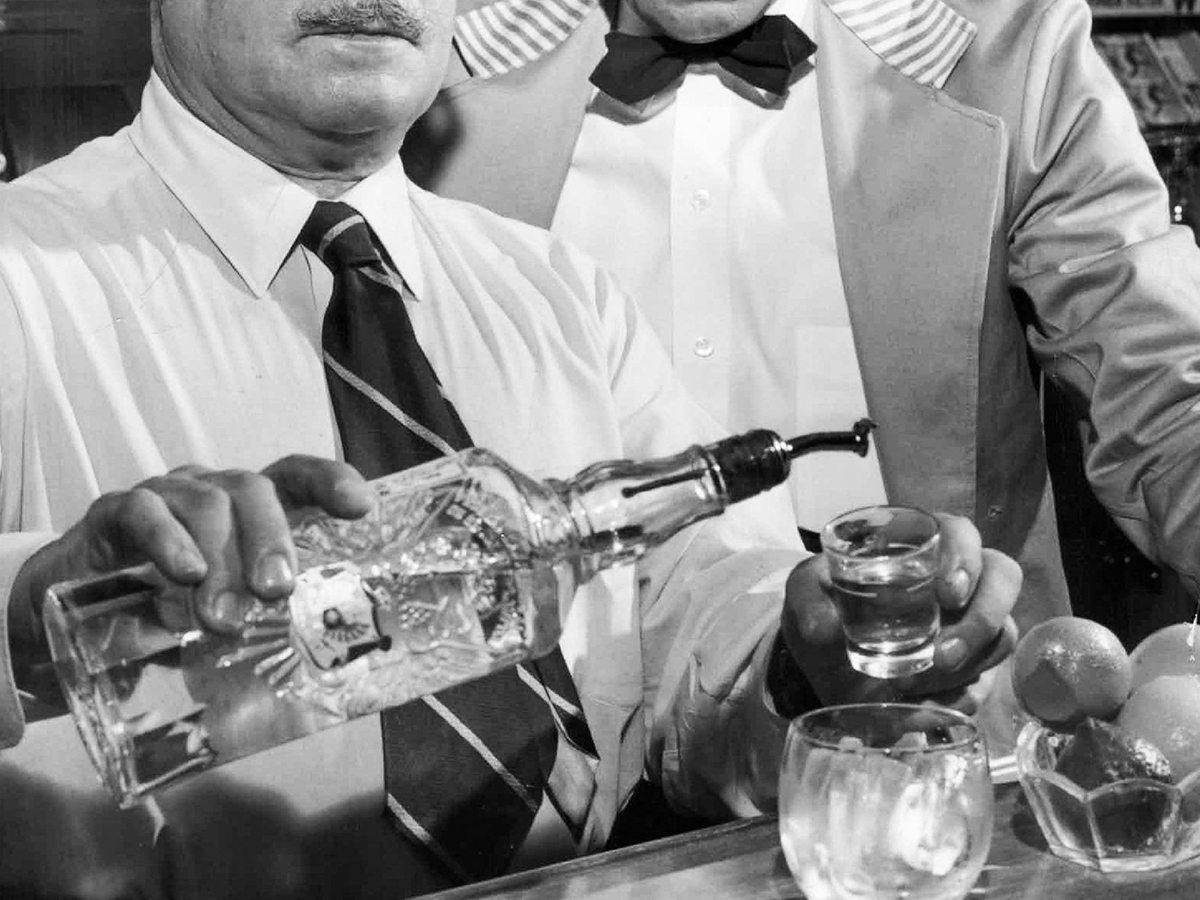
The cocktail ruled in the 1950s and were synonymous with a restaurant experience. And not just cocktails; well-made drinks with an abundant amount of alcohol were the norm. Look up some of the popular drinks—they were straight liquor with a twist or garnish.
With the price of spirits extremely reasonable and sometimes included in the meal price, everyone enjoyed a Singapore Sling, Tom Collins, White Russian, or Martinis; after dinner called for an Old Fashioned with a cigar.
You Could Order Full-Course Meals for One Price
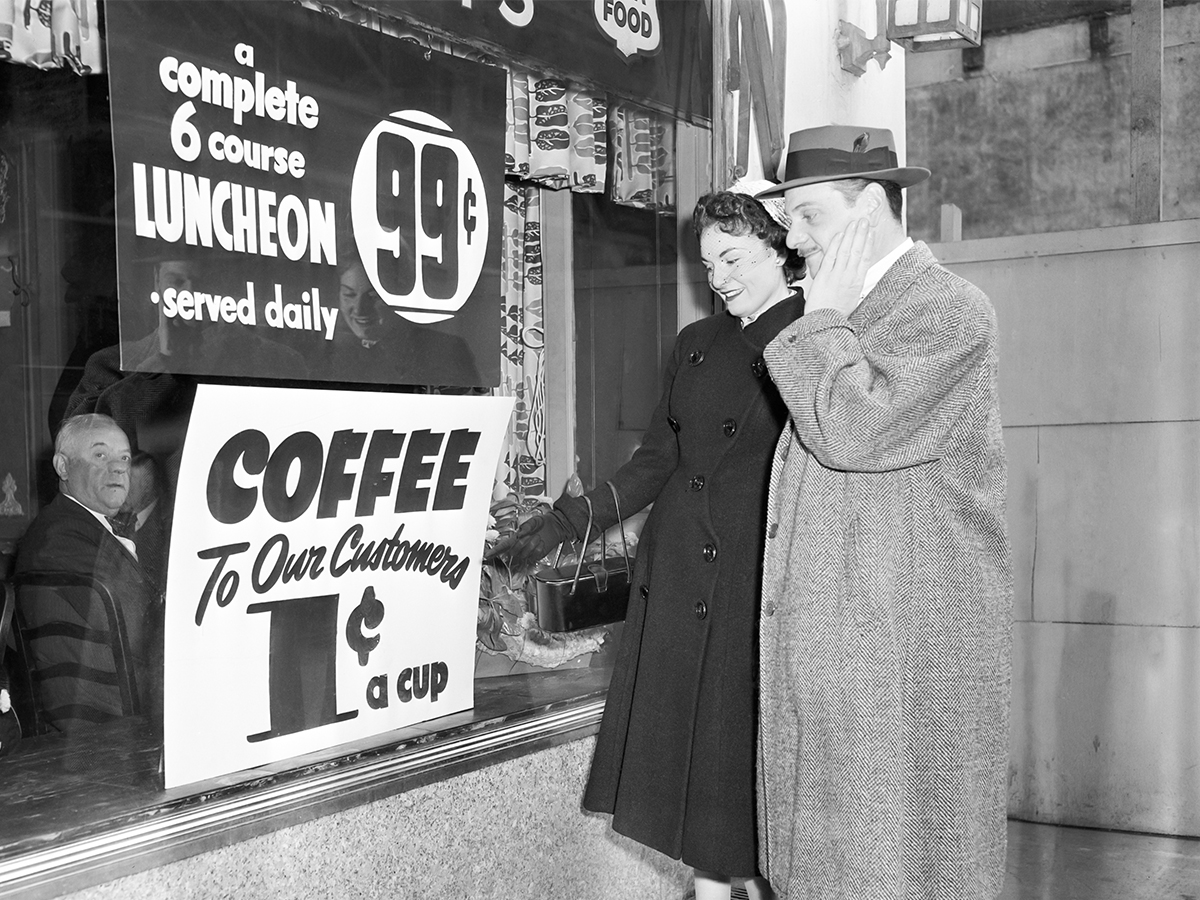
When dining out in the ‘50s and ‘60s, your meal was a full-course meal that usually included some kind of relish tray, bread, real butter, salad, entrée, and sides, as well as an elaborate dessert and included beverages, cocktails and coffee.
Read that again. Now imagine all for the price of your current Starbucks Frappuccino.
Smoking Was Allowed Everywhere
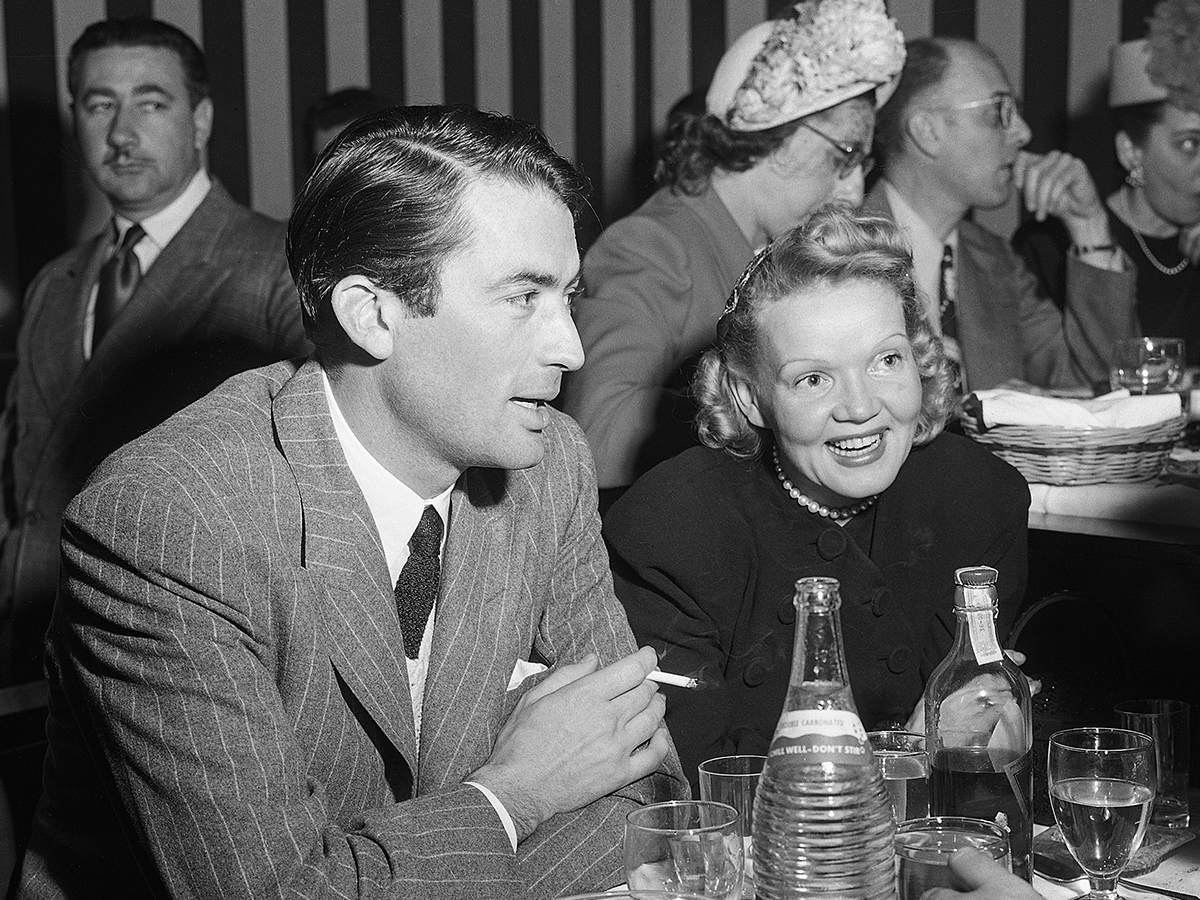
Not everything was better in the 1950s restaurant, but nothing was more satisfying after a hearty meal than a cigarette. Smoking inside restaurants was commonplace—there was no non-smoking areas. Y’all—people smoked inside any restaurant (or on a plane after a meal, or in a diner, or ice cream parlor)!
Today, while smoking in restaurants is banned, there are still plenty of bars that allow smoking inside.
Segregation Was Still a Thing
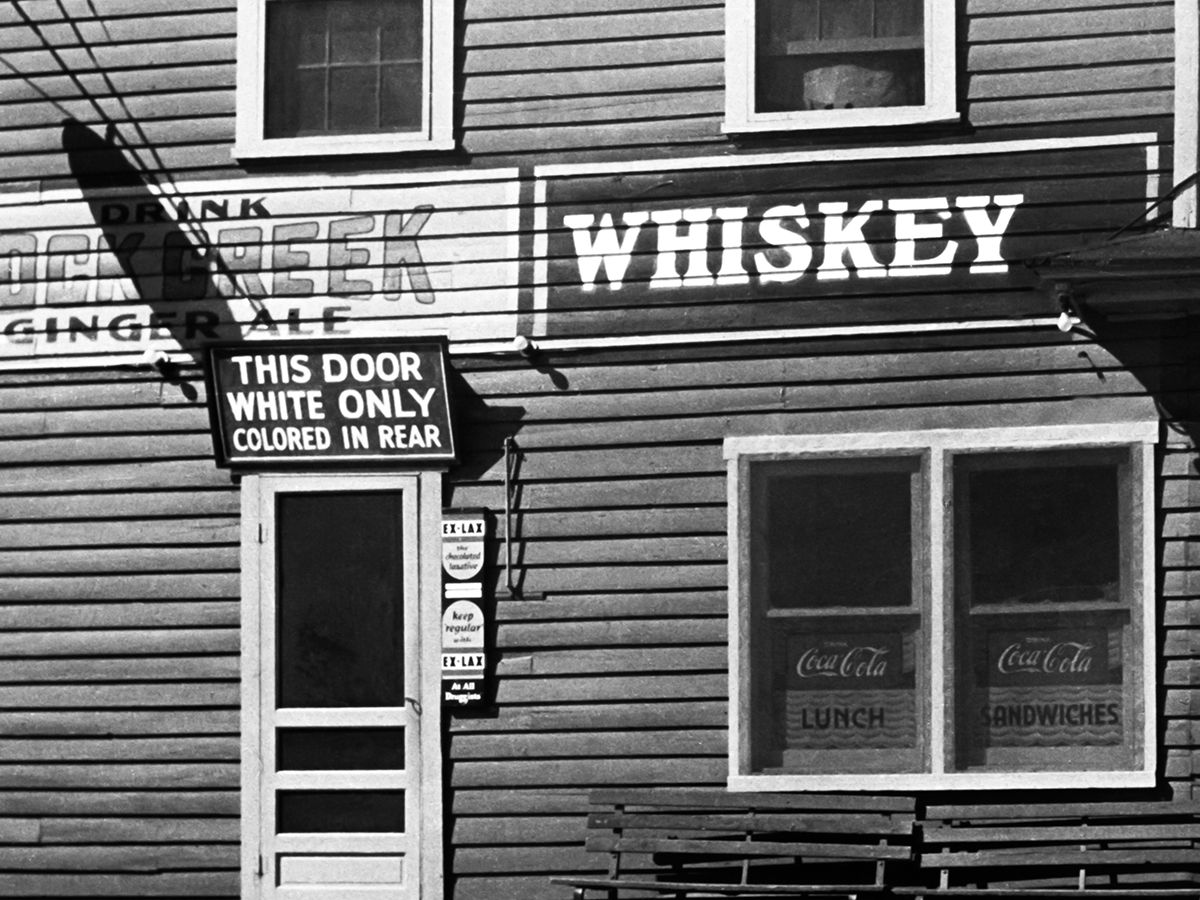
There’s no denying that the single most noticeable way restaurants were different in the ‘50s compared to today is the issue of segregation. Many people believe it was restricted to the South, but it was all of America that had separate facilities for Black and white dining patrons. Food quality also suffered for generations of Black Americans who ate in “white establishments,” which led to the opening of “Black restaurants.”
Lunch counters became a symbol of equality in 1960s. And in some areas of the country, racial and gender occupation disparity is still apparent.
 Author
Sherrill Dean
Last Updated: November 30, 2025
Author
Sherrill Dean
Last Updated: November 30, 2025